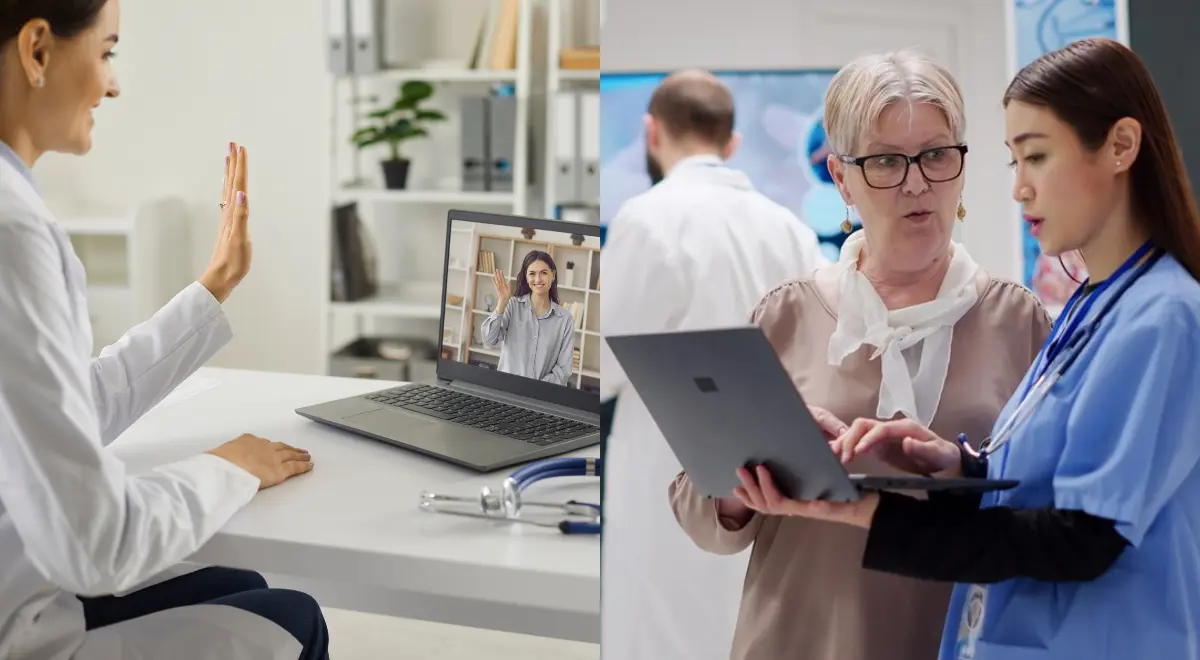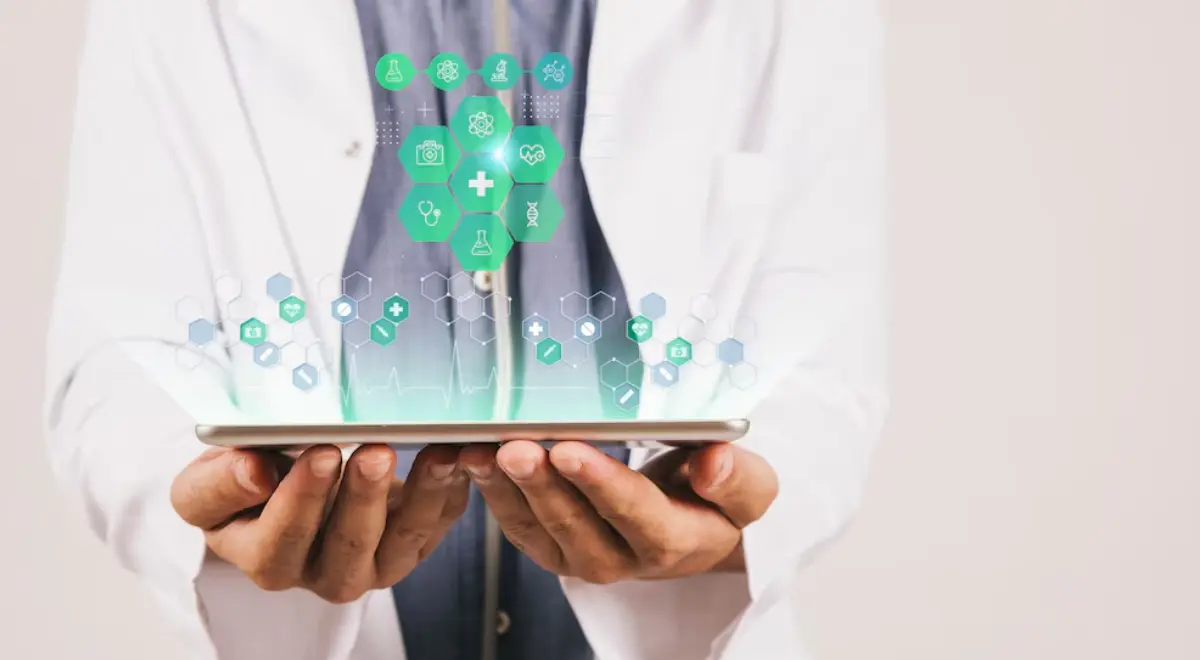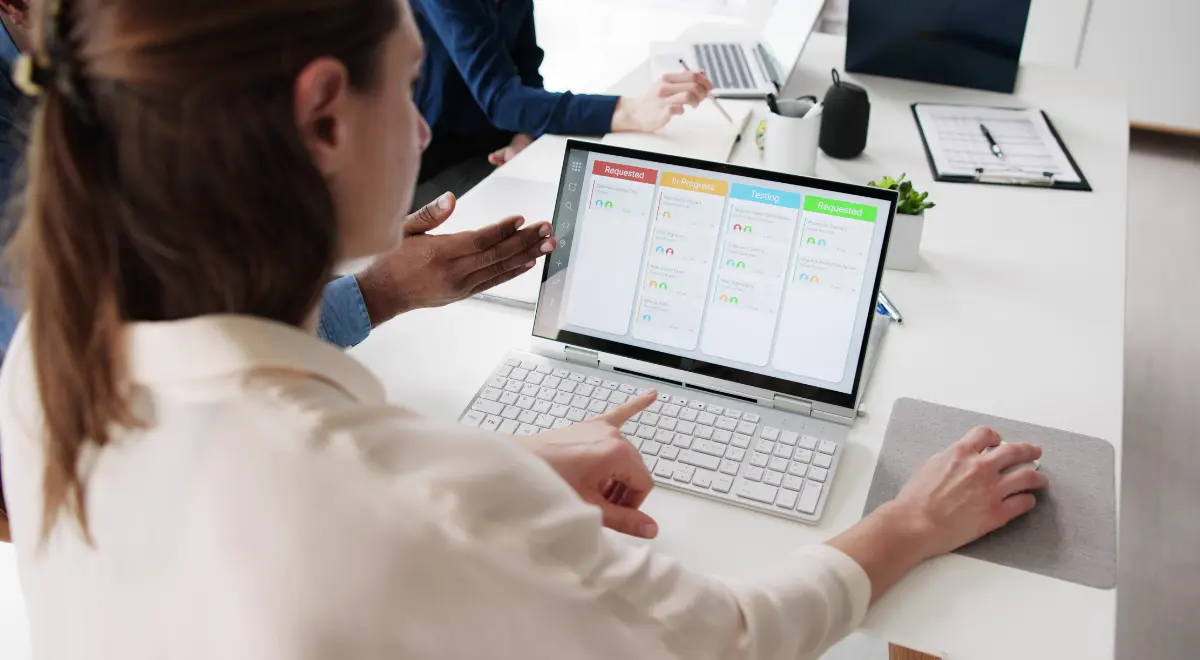Cellular Devices Driving Remote Patient Monitoring (RPM) Success

In recent years, Remote Patient Monitoring (RPM) has become an increasingly adopted technology for healthcare providers to track and manage their patients’ health remotely. This technology allows patients to send their vital signs and other health metrics at home using various devices, which then transmit the data to their healthcare providers in real-time.
One of the key drivers of success in RPM programs is the use of cellular medical devices, which offer numerous advantages over Bluetooth monitoring devices.
Table of Contents
ToggleCellular Devices Are Easy To Use
Ease of patient use is a critical factor in the success of any RPM program. Cellular devices are typically very user-friendly, with simple interfaces that make it easy for patients to take and transmit their readings. This ease of use encourages patients to regularly monitor their health metrics, leading to more accurate and timely data for healthcare providers.
In contrast, other types of monitoring devices, such as Bluetooth devices, can be more complex and unreliable, leading to frustration for patients and potentially inaccurate data for providers.
Disadvantages of Bluetooth Monitoring Devices
One of the disadvantages of Bluetooth devices is that they rely on a stable Bluetooth connection to transmit data, which can be challenging in certain situations. For example, if a patient’s phone is out of range of the device, or if there is interference from other Bluetooth devices in the area, the connection may be lost, leading to missing or delayed data.
- Bluetooth connections can occasionally be “discovered,” which means that transmitting health data over the short-range wireless connection may raise security concerns.
- Bluetooth can be complex to configure, and connections may need to be established multiple times if a device has to be updated.
- Bluetooth pairing troubles between devices and phones can annoy patients and contribute to an increase in need for technical support.
- To transmit their health data to their healthcare team, patients must have access to the internet.
Cellular devices, on the other hand, are network independent and connect to the strongest network available, ensuring a more reliable and consistent connection for data transmission.
Cellular Devices Offer Better Connectivity Options
In terms of connectivity options, cellular devices offer more flexibility than Bluetooth devices. Cellular devices can even store readings offline and transmit them to the healthcare provider’s RPM portal when a connection is available, ensuring that no data is lost even in areas with poor or no cellular coverage. This feature is especially important for patients in rural or remote areas who may not always have access to a stable internet connection.
Cellular Devices Are Highly Reliable
Another key advantage of cellular devices is their reliability. Since cellular devices are consistently connected to the network, data is transmitted directly to the software portal without the need for manual intervention from the patient.
This direct transmission reduces the risk of errors or delays in data transmission, ensuring that healthcare providers have access to real-time, accurate data on their patients’ health to make timely and informed decisions about patient care, especially in cases where timely intervention is needed.
Conclusion
With the growing popularity of RPM programs, cellular devices are likely to play an increasingly important role in remote healthcare monitoring and management. These devices are driving the success of RPM programs by offering ease of use, reliability, and flexibility in connectivity options. HealthArc’s cellular devices can be used outside of the US and work in over 150 countries, making them a more flexible option for patients who travel internationally.
Cellular remote patient monitoring devices from HealthArc, stand out of the competition for their ability to be used internationally and connect to the strongest network available, ensuring that patients can monitor their health from anywhere in the world. Request a free demo or feel free to talk to our team at +201 885 5571 to learn how our cellular RPM devices can help healthcare practices achieve their long-term patient engagement goals.
Most recent blogs
Categories
- Advanced Primary Care Management
- Behavioral Health Integration
- Cellular Remote Patient Monitoring
- Chronic Care Management
- Chronic Care Management Billing
- Chronic Care Management CPT Codes
- Chronic Care Management Program
- Chronic Care Management Software
- Digital Health Platform
- Principal Care Management
- Principal Care Management CPT Codes
- Remote Care Programs
- Remote Monitoring Devices
- Remote Patient Care
- Remote Patient Monitoring
- Remote Patient Monitoring Billing
- Remote Patient Monitoring CPT Codes
- Remote Patient Monitoring Devices
- Remote Patient Software
- Remote Therapeutic Monitoring
- Remote Therapeutic Monitoring Billing
- Remote Therapeutic Monitoring CPT Codes
- Telemedicine & RPM
- Transitional Care Management
- Transitional Care Management Billing
- Transitional Care Management CPT Codes
Related Posts
- December 10, 2024 | Read Time: 3 mins
Healthcare Software Redefined: RPM & CCM by HealthArc
- December 3, 2024 | Read Time: 5 mins
Why Digital Health Platforms Are the Cornerstone of Smart Healthcare?
- September 13, 2024 | Read Time: 8 mins






